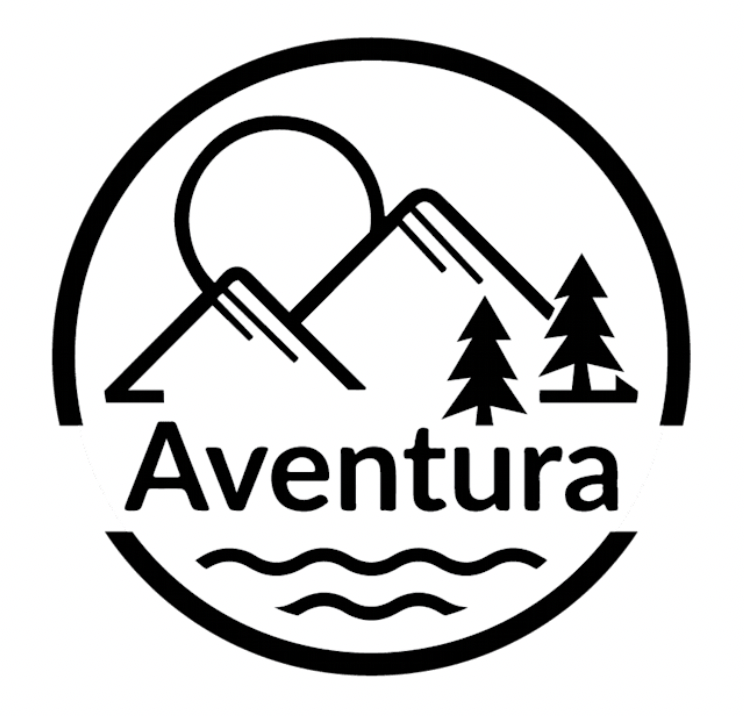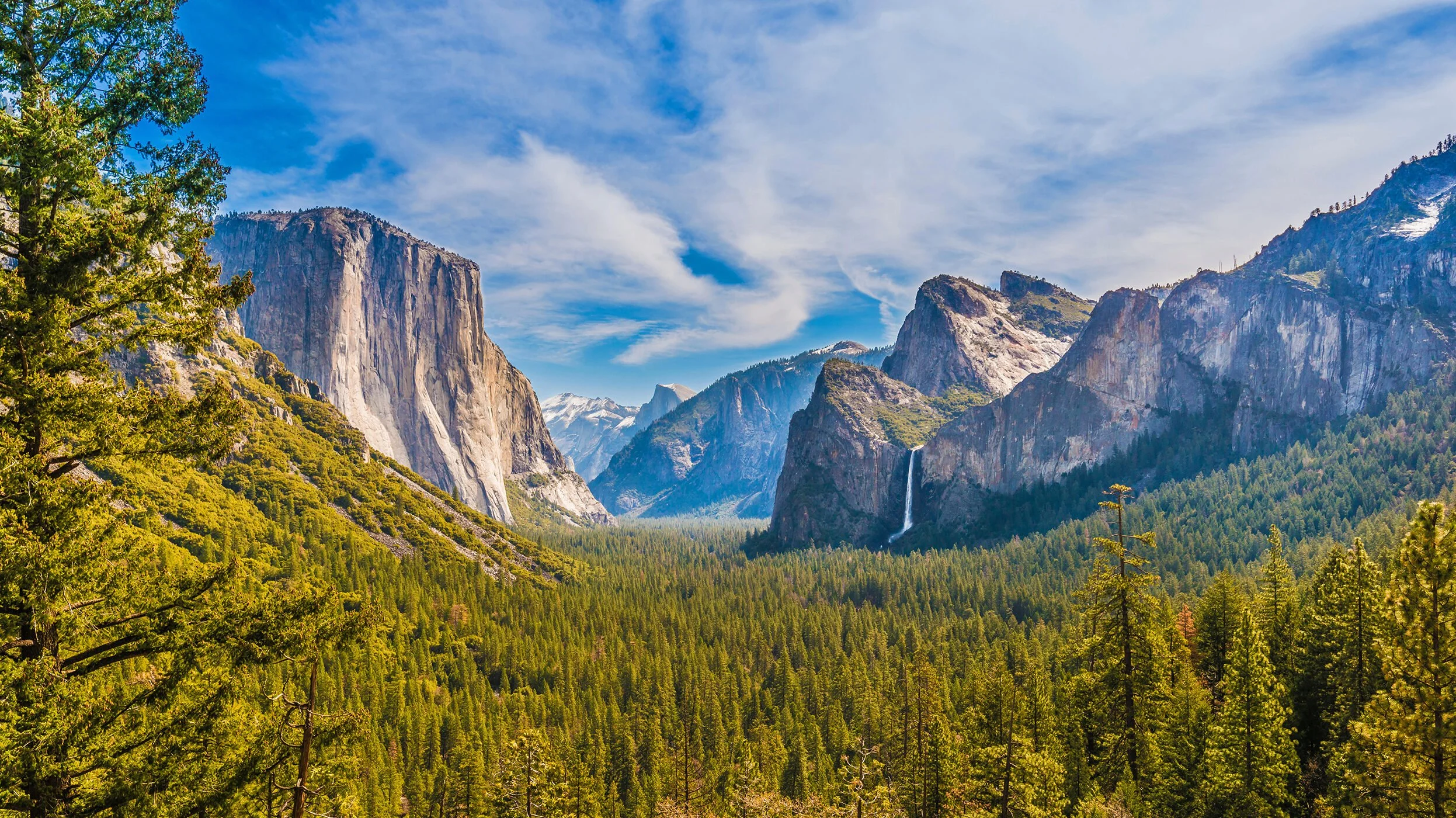Beginner’s Guide: Yosemite National Park
by Aventura on August 11, 2022
R. Patrick Jennings / Alamy Stock Photo
Yosemite National Park is one of the most stunning outdoor experiences you will ever encounter. With jaw-dropping granite cliffs, amazing waterfalls and trees like they are from another world, it is no surprise that Yosemite is one of the top ten most visited National Parks in the United States, with nearly 4 million visitors entering the park in just 2021 alone.
The park is also the busiest National Park within the state of California and has recently implemented new rules to battle high levels of summer congestion, making it one of the trickier outdoor destinations to navigate for the first time. We’ve created this quick how to guide to help you get out and enjoy one of the most beautiful natural experiences our country has to offer.
When to Visit
Summer is the most popular season, and therefore, also the most crowded. During peak times (May to Sep), you will need to make an Entrance Reservation even just to enter the park for the day. Other seasons are much quieter, and while still beautiful, some roadways and trails may likely be shut down due to weather conditions. Make sure you check the Yosemite National Park website in advance of travel.
Staying Overnight In the Park
There are a few different options for staying overnight in Yosemite Park, including hotel-type accommodations, cabins, tent camping and RV camping. It is super important to book your stay well in advance, as Yosemite is NOT one of those parks you can show up and hope for the best. While the busiest months are May to September, many other popular weekends are filled the first day they become available. Plan ahead!
Lodging options inside Yosemite National Park are managed by Yosemite Hospitality, and range from simple tent cabins at the High Sierra Camps to deluxe rooms at The Ahwahnee. Reservations are available 365 days in advance and are strongly recommended, especially from spring through fall and during holidays.
Camping Reservations
Yosemite is a National Park and therefore all in-park camping reservations are handled through Recreation.gov. Within the park, there are a total of 13 campgrounds: Wawona, Upper Pines, Lower Pines, North Pines, Camp 4, Hodgdon Meadow, Tamarack Flat, White Wolf and Yosemite Creek, Tuolumne Meadows, Crane Flat, Bridalveil Creek, and Porcupine Flat. As you search for reservations, you will see that not all of the 13 campsites may be open each season.
Backpacker Campgrounds
Getting away from the crowds on foot and backpacking the Yosemite Wilderness will undoubtedly be something you will look back on forever. This will obviously require going with someone experienced and being ultra prepared, but it’s a viable option to look into if you plan ahead and have the right safety conditions in place.
Per the NPS website, “Backpackers campgrounds are available for wilderness permit holders to spend one night before and one night after a wilderness trip. Reservations are neither necessary nor required. However, a valid wilderness permit is required for backpackers to stay at the campground. Backpackers may not camp in backpackers campgrounds when they are closed. Half Dome day hiker permit holders may not stay at backpackers campgrounds.”
Visitors arriving to Yosemite National Park by bicycle or foot are also permitted one night stay in each backpackers campground.
Fees are $8 per person (paid using envelopes provided with exact change). Parking is only available at designated overnight parking areas.
Jason Finn | Yosemite Backpacking
Staying Outside the Park
There are definitely more lodging options outside the park you can consider when visiting Yosemite; just know you will be in for a bit of driving time. Yosemite has five entrances to the National Park, and each offers unique sites along their routes. Four of the entrances are on the eastern side of the park, making those the most popular ways to enter. Most of the offsite lodging or camping will be located around these gates with the most popular being Big Oak Flat entrance.
The fifth entrance, named Tioga Pass entrance is located in a more remote area on the west side of the park. Tioga entrance is only 45 minutes from Mammoth Lakes and about 30 minutes from June Lake if you are wanting to stay on that side of the park and/or are planning to take Highway 395 in or out. Because of its remote position nested within the mountains, this route is usually closed from November into late May or early June.
The Park Layout & Attractions
Yosemite National Park is generally about the size of Rhode Island. So, it’s worth doing some homework before rolling in and realizing you’re on the wrong side of the state. For the purpose of getting you into Yosemite for the first time, here is a massive oversimplification of Yosemite (and feel free to explore further here): we like to think of the park in two major parts: Yosemite Valley (what you’re probably already thinking of) and Yosemite High Country (what you probably haven’t heard of yet).
NPS.gov | Plan your visit
Yosemite Valley: This area is where many people think of when they think Yosemite National Park. Major attractions include Yosemite Falls, Half Dome, El Capitan, Tunnel View, Glacier Point and Bridalveil Falls. If you go during summer months, we highly recommend you get out on the trails early before the crowds!
Stephen Moehle | Half Dome Trail View
Yosemite High Country: Lesser known and more lightly traveled is the high country, with stunning alpine scenery. Here you will find far less crowds with stunning summer hiking and camping. As mentioned, due to the elevation and remoteness, this area is only available for use during summer months.
Pung | Tuolumne Meadow on Tioga Pass
Pet Policies
Pets are allowed on leash (6 ft or less) in developed areas such as fully paved roads, sidewalks, and bicycle paths (except when signed as not allowing pets) and in all campgrounds except walk-in campgrounds (e.g., Camp 4) and in group campsites. Pets are not allowed on trails, including the trail to Vernal Fall (however, pets are allowed on the Wawona Meadow Loop), or in any in-park lodging areas.
Park Admission
As mentioned above, a reservation is required to drive into Yosemite during peak hours (6am - 4pm) from May 20 through Sep 30. If you have another reservation in the park, you may not need a peak hours reservation and can pay the entrance fee at the park entrance station. You do not need a peak hours reservation if:
you have a camping or lodging reservation
you have a wilderness or Half Dome permit
you have a vacation rental reservation inside the park
you enter via the local public transit system (YARTS buses)
you enter with an authorized tour
you have a special use permit
If you don’t meet one of these criteria, you must pay a $35/vehicle entrance fee at the gate.
_
We hope you found this article helpful.
Follow us on social for more outdoor tips and content!





